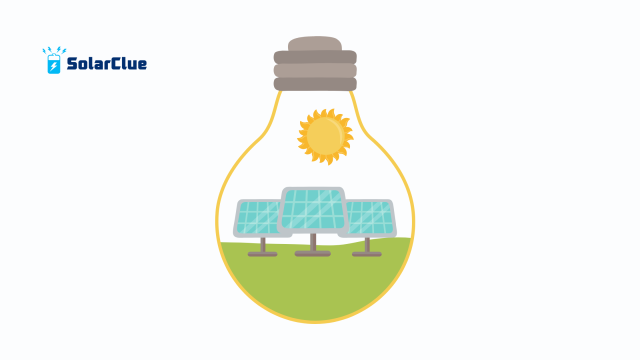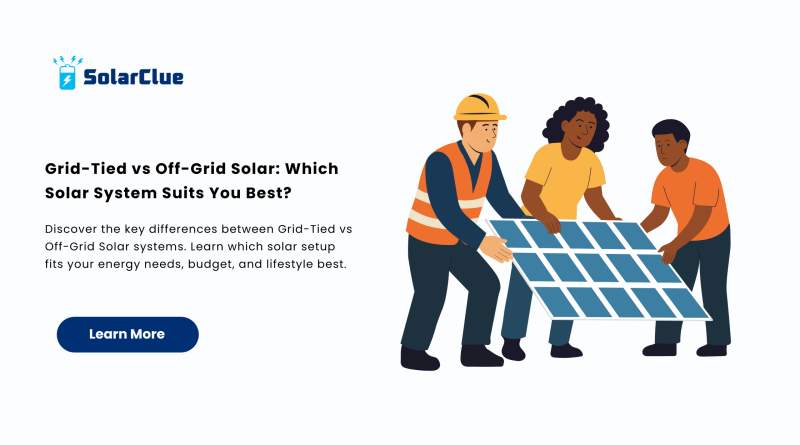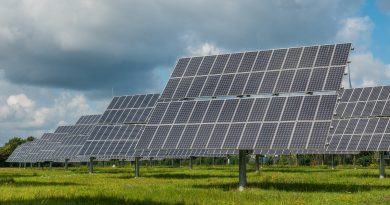Grid-Tied vs Off-Grid Solar: Which Solar System Suits You Best?
Switching to solar power is a big step toward energy independence and sustainability. But before installing panels, one major decision awaits: Grid-Tied vs Off-Grid Solar. Each system serves different needs, comes with distinct costs, and offers varying levels of reliability. In this blog, we break down the key differences between Grid-Tied and Off-Grid Solar systems to help you choose the right option for your home or business.
Table of Contents
- 1 What Is a Grid-Tied Solar System?
- 2 What Is an Off-Grid Solar System?
- 3 Key Differences: Grid-Tied vs Off-Grid Solar
- 4 Which Is Cheaper: Grid-Tied or Off-Grid?
- 5 Power Reliability: Which System Wins?
- 6 Environmental Impact Comparison
- 7 Energy Independence: A Major Deciding Factor
- 8 Maintenance and Monitoring
- 9 Space Requirements
- 10 Government Incentives and Subsidies
- 11 Installation Timeframe
- 12 Hybrid Option: Best of Both Worlds?
- 13 Use Cases: When to Choose Which
- 14 FAQs
What Is a Grid-Tied Solar System?
A Grid-Tied solar system is directly connected to your local utility grid. This setup allows you to draw electricity from the grid when your solar panels aren’t producing enough power, like during the night or cloudy days.
How Grid-Tied Solar Works
- Solar panels generate electricity during daylight
- Excess electricity is sent back to the grid
- Utility credits you for this surplus (net metering)
- You pull energy from the grid when needed
Pros of Grid-Tied Systems
- Lower installation cost (no batteries needed)
- Access to net metering
- Reliable backup from the utility
Cons of Grid-Tied Systems
- No power during grid outages
- Reliant on external infrastructure
What Is an Off-Grid Solar System?
An Off-Grid Solar system operates independently of the utility grid. It includes solar panels, a charge controller, solar batteries, and a solar inverter. This setup stores solar energy in batteries for use anytime.
How Off-Grid Solar Works
- Panels charge batteries during the day
- Stored energy powers appliances at night or during outages
Pros of Off-Grid Solar Systems
- Complete energy independence
- No utility bills
- Ideal for remote or rural areas
Cons of Off-Grid Solar Systems
- Higher initial costs (batteries are expensive)
- Requires careful energy management
- Risk of running out of stored power
Key Differences: Grid-Tied vs Off-Grid Solar

Let’s compare these systems side-by-side:
| Feature | Grid-Tied | Off-Grid Solar |
|---|---|---|
| Connection | Utility grid | Independent |
| Battery Storage | Not required | Required |
| Power During Outages | No | Yes |
| Initial Cost | Lower | Higher |
| Maintenance | Lower | Higher |
| Ideal For | Urban/Suburban | Rural/Remote |
Which Is Cheaper: Grid-Tied or Off-Grid?
Grid-Tied systems are generally cheaper upfront because they don’t need batteries. However, they depend on the grid, and if utility rates rise, so do your bills. Off-Grid Solar systems require more investment initially but provide long-term independence from utility price hikes.
Power Reliability: Which System Wins?
Off-Grid Solar systems offer reliable power even during blackouts, as long as your battery storage is adequate. Grid-Tied systems shut down during outages to protect utility workers unless paired with backup solutions.
Environmental Impact Comparison
Both systems reduce carbon footprints. Grid-Tied systems lower reliance on fossil fuels, while Off-Grid Solar setups eliminate it entirely. The inclusion of batteries in off-grid systems can pose recycling challenges, though newer tech is improving that.
Energy Independence: A Major Deciding Factor
If your goal is to be completely self-sufficient, Off-Grid Solar is the way to go. But if you want a balance between eco-friendliness and convenience, Grid-Tied might be more suitable.
Maintenance and Monitoring
Grid-Tied systems are easier and cheaper to maintain. Utility providers often offer support. Off-Grid Solar systems require regular battery checks, system diagnostics, and component replacements over time.
Space Requirements
Off-Grid systems often require more panels and storage space for batteries. If you have limited roof or land space, Grid-Tied might be more practical.
Government Incentives and Subsidies
In many regions, both Grid-Tied and Off-Grid Solar installations are eligible for tax credits and subsidies. However, net metering policies primarily benefit Grid-Tied users.
Installation Timeframe
Grid-Tied systems are faster to install because they don’t include complex battery setups. Off-Grid Solar systems can take longer due to additional equipment and planning.
Hybrid Option: Best of Both Worlds?
Some homeowners choose a hybrid system, combining Grid-Tied and Off-Grid Solar elements. This provides grid access with battery backup for power outages.
Use Cases: When to Choose Which
Choose Grid-Tied if:
- You live in a city or suburban area
- You want a lower-cost entry into solar
- You want to benefit from net metering
Choose Off-Grid Solar if:
- You live in a remote or rural area
- You want full energy independence
- You’re okay with higher setup costs
FAQs
1. Can I go off-grid with solar panels only?
No. You also need batteries, charge controllers, and inverters to store and manage power.
2. What happens to excess energy in a grid-tied system?
It goes back to the grid, and you receive credits through net metering.
3. Are off-grid systems legal everywhere?
Regulations vary. Always check with your local authorities.
4. Which system is better for long-term savings?
Off-Grid Solar systems offer better savings in areas with rising utility rates.
5. Can I add batteries to my grid-tied system?
Yes. This creates a hybrid system offering backup during outages.
Interested in harnessing the power of the sun for your home or business? Visit our website for expert advice, top-rated solar products, and personalized solutions at solarclue.com and explore more insights at blog.solarclue.com — your solar journey starts here!



